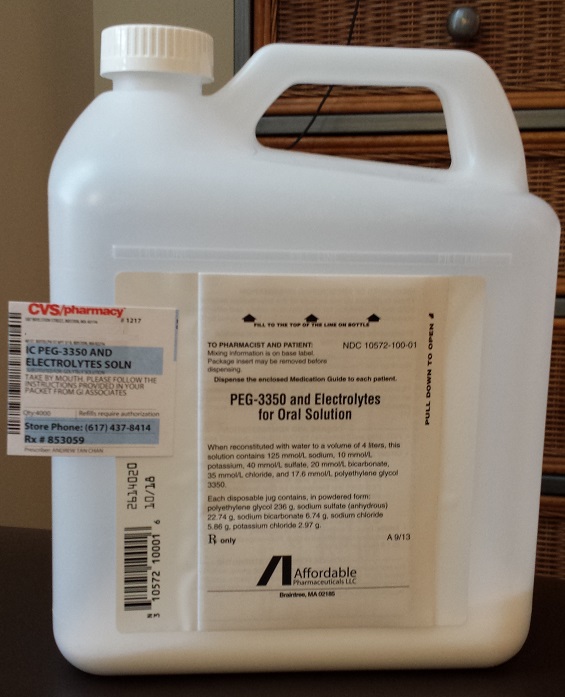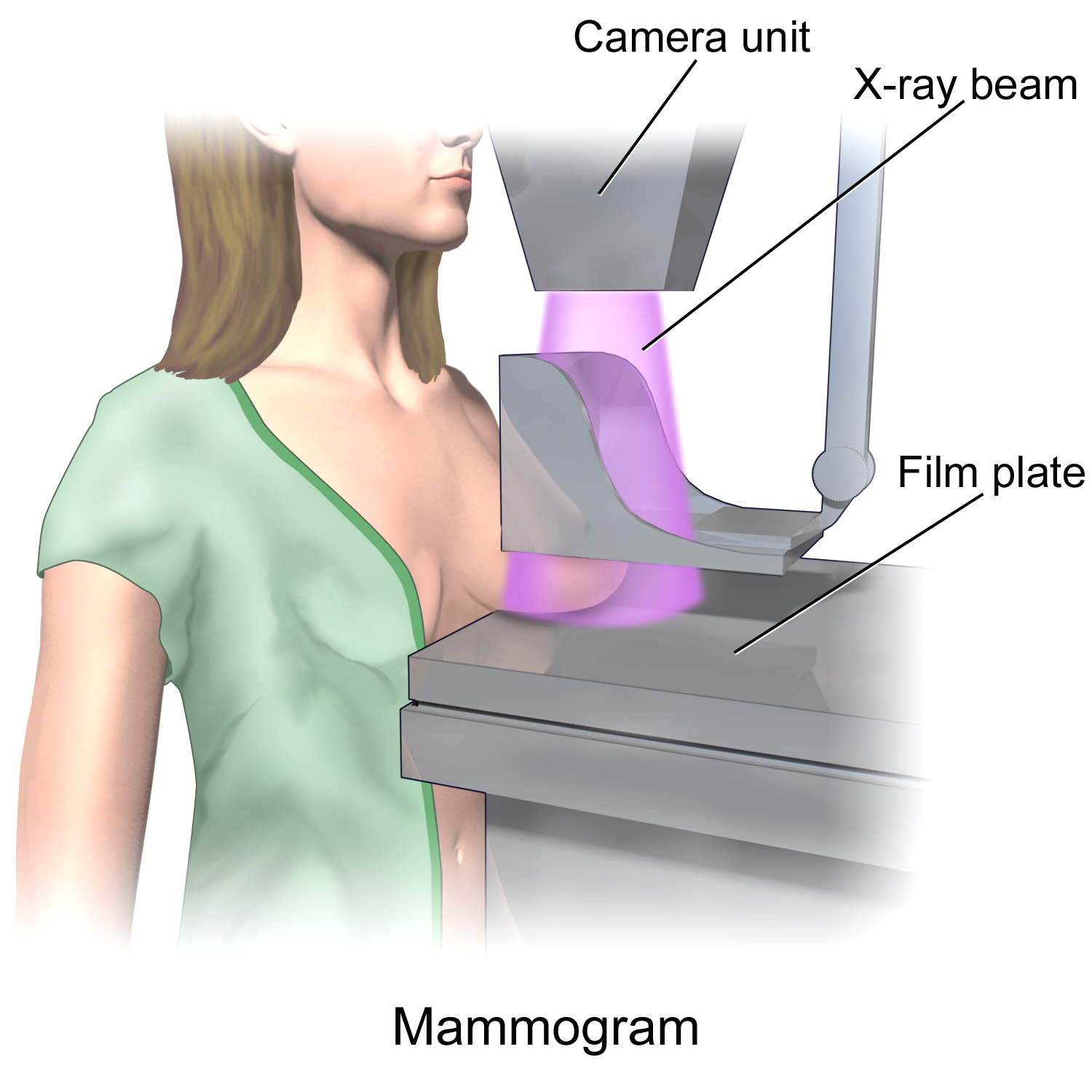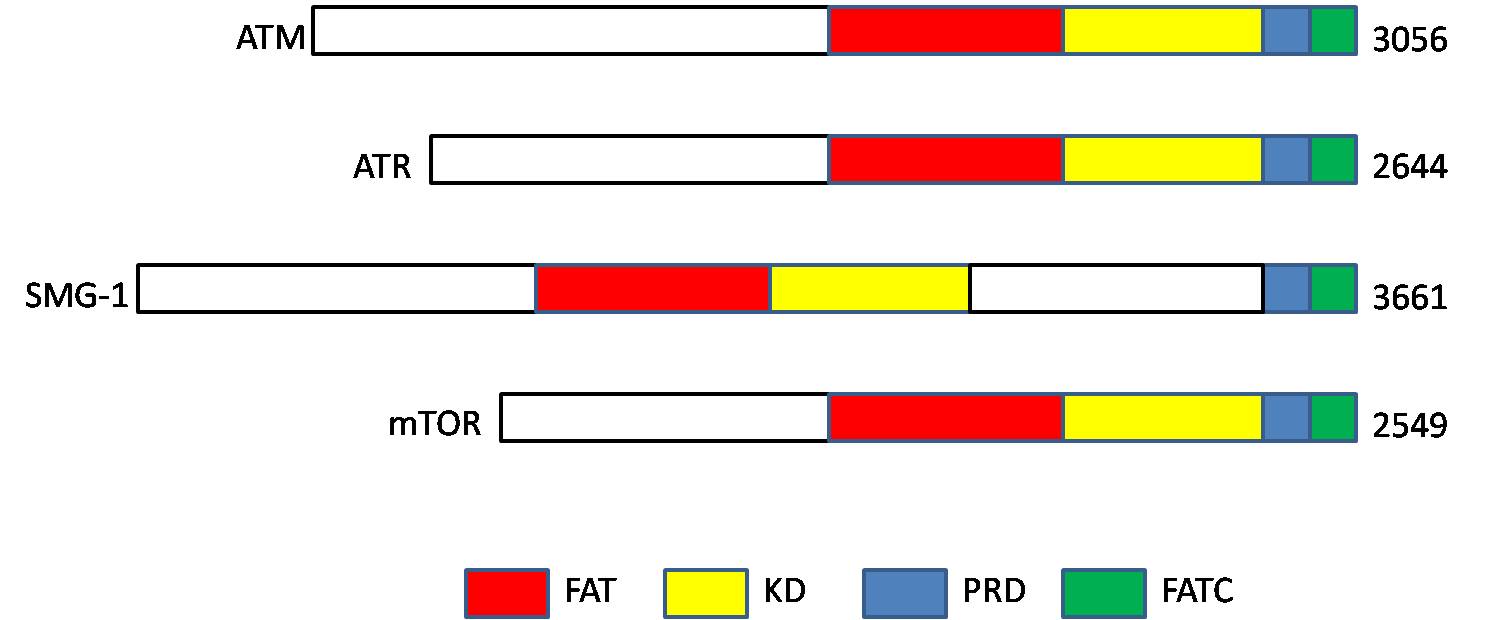|
Hereditary Diffuse Gastric Cancer
Hereditary diffuse gastric cancer (HDGC) is an inherited genetic syndrome most often caused by an inactivating mutation in the E-cadherin gene (CDH1) located on chromosome 16. Individuals who inherit an inactive copy of the CDH1 gene are at significantly elevated risk for developing stomach cancer. For this reason, individuals with these mutations will often elect to under go prophylactic gastrectomy, or a complete removal of the stomach to prevent this cancer. Mutations in CDH1 are also associated with high risk of lobular breast cancers, and may be associated with a mildly elevated risk of colon cancer. The most common form of stomach cancer associated with CDH1 mutations is diffuse type adenocarcinoma. An estimated 70% of males and 56% of females who inherit an inactivating CDH1 mutation will develop this form of cancer by age 80. Female patients are also estimated to have a 42% lifetime risk of developing lobular breast cancer. The median age of gastric cancer diagnosis in i ... [...More Info...] [...Related Items...] OR: [Wikipedia] [Google] [Baidu] |
Oncology
Oncology is a branch of medicine that deals with the study, treatment, diagnosis and prevention of cancer. A medical professional who practices oncology is an ''oncologist''. The name's etymological origin is the Greek word ὄγκος (''ónkos''), meaning "tumor", "volume" or "mass". Oncology is concerned with: * The diagnosis of any cancer in a person (pathology) * Therapy (e.g. surgery, chemotherapy, radiotherapy and other modalities) * Follow-up of cancer patients after successful treatment * Palliative care of patients with terminal malignancies * Ethical questions surrounding cancer care * Screening efforts: ** of populations, or ** of the relatives of patients (in types of cancer that are thought to have a hereditary basis, such as breast cancer) Diagnosis Medical histories remain an important screening tool: the character of the complaints and nonspecific symptoms (such as fatigue, weight loss, unexplained anemia, fever of unknown origin, paraneoplastic phenome ... [...More Info...] [...Related Items...] OR: [Wikipedia] [Google] [Baidu] |
Genetic Counseling
Genetic counseling is the process of investigating individuals and families affected by or at risk of genetic disorders to help them understand and adapt to the medical, psychological and familial implications of genetic contributions to disease; this field is considered necessary for the implementation of genomic medicine. The process integrates: * Interpretation of family and medical histories to assess the chance of disease occurrence or recurrence * Education about inheritance, testing, management, prevention, resources * Counseling to promote informed choices, adaptation to the risk or condition and support in reaching out to relatives that are also at risk History The practice of advising people about inherited traits began around the turn of the 20th century, shortly after William Bateson suggested that the new medical and biological study of heredity be called "genetics". Heredity became intertwined with social reforms when the field of modern eugenics took form. Althoug ... [...More Info...] [...Related Items...] OR: [Wikipedia] [Google] [Baidu] |
Colonoscopy
Colonoscopy () or coloscopy () is the endoscopic examination of the large bowel and the distal part of the small bowel with a CCD camera or a fiber optic camera on a flexible tube passed through the anus. It can provide a visual diagnosis (''e.g.,'' ulceration, polyps) and grants the opportunity for biopsy or removal of suspected colorectal cancer lesions. Colonoscopy can remove polyps smaller than one millimeter. Once polyps are removed, they can be studied with the aid of a microscope to determine if they are precancerous or not. Colonoscopy is similar to sigmoidoscopy—the difference being related to which parts of the colon each can examine. A colonoscopy allows an examination of the entire colon (1,200–1,500mm in length). A sigmoidoscopy allows an examination of the distal portion (about 600mm) of the colon, which may be sufficient because benefits to cancer survival of colonoscopy have been limited to the detection of lesions in the distal portion of the colon. [...More Info...] [...Related Items...] OR: [Wikipedia] [Google] [Baidu] |
Breast MRI
One alternative to mammography, breast MRI or contrast-enhanced magnetic resonance imaging (MRI), has shown substantial progress in the detection of breast cancer. Uses Some of the uses of MRI of the breasts are: screening for malignancy in women with greater than 20% lifetime risk of breast cancer (especially those with high risk genes such as BRCA1 and BRCA2), evaluate breast implants for rupture, screening the opposite side breast for malignancy in women with known one sided breast malignancy, extent of disease and the presence of multifocality and multicentricity in patients with invasive carcinoma and ductal carcinoma in situ (DCIS), and evaluate response to neoadjuvant chemotherapy. MRI breasts has the highest sensitivity to detect breast cancer when compared with other imaging modalities such as breast ultrasound or mammography. In the screening for breast cancer for high-risk women, Sensitivity and specificity, sensitivity of MRI range from 83 to 94% while specificity (the ... [...More Info...] [...Related Items...] OR: [Wikipedia] [Google] [Baidu] |
Mammography
Mammography (also called mastography) is the process of using low-energy X-rays (usually around 30 kVp) to examine the human breast for diagnosis and screening. The goal of mammography is the early detection of breast cancer, typically through detection of characteristic masses or microcalcifications. As with all X-rays, mammograms use doses of ionizing radiation to create images. These images are then analyzed for abnormal findings. It is usual to employ lower-energy X-rays, typically Mo (K-shell X-ray energies of 17.5 and 19.6 keV) and Rh (20.2 and 22.7 keV) than those used for radiography of bones. Mammography may be 2D or 3D (tomosynthesis), depending on the available equipment and/or purpose of the examination. Ultrasound, ductography, positron emission mammography (PEM), and magnetic resonance imaging (MRI) are adjuncts to mammography. Ultrasound is typically used for further evaluation of masses found on mammography or palpable masses that may or may not be seen on mammogr ... [...More Info...] [...Related Items...] OR: [Wikipedia] [Google] [Baidu] |
Biopsy
A biopsy is a medical test commonly performed by a surgeon, interventional radiologist, or an interventional cardiologist. The process involves extraction of sample cells or tissues for examination to determine the presence or extent of a disease. The tissue is then fixed, dehydrated, embedded, sectioned, stained and mounted before it is generally examined under a microscope by a pathologist; it may also be analyzed chemically. When an entire lump or suspicious area is removed, the procedure is called an excisional biopsy. An incisional biopsy or core biopsy samples a portion of the abnormal tissue without attempting to remove the entire lesion or tumor. When a sample of tissue or fluid is removed with a needle in such a way that cells are removed without preserving the histological architecture of the tissue cells, the procedure is called a needle aspiration biopsy. Biopsies are most commonly performed for insight into possible cancerous or inflammatory conditions. History T ... [...More Info...] [...Related Items...] OR: [Wikipedia] [Google] [Baidu] |
Endoscopy
An endoscopy is a procedure used in medicine to look inside the body. The endoscopy procedure uses an endoscope to examine the interior of a hollow organ or cavity of the body. Unlike many other medical imaging techniques, endoscopes are inserted directly into the organ. There are many types of endoscopies. Depending on the site in the body and type of procedure, an endoscopy may be performed by either a doctor or a surgeon. A patient may be fully conscious or anaesthesia, anaesthetised during the procedure. Most often, the term ''endoscopy'' is used to refer to an examination of the upper part of the human gastrointestinal tract, gastrointestinal tract, known as an esophagogastroduodenoscopy. For nonmedical use, similar instruments are called borescopes. History Adolf Kussmaul was fascinated by sword swallowers who would insert a sword down their throat without gagging. This drew inspiration to insert a camera, the next problem to solve was how to insert a source of light, as ... [...More Info...] [...Related Items...] OR: [Wikipedia] [Google] [Baidu] |
PALB2
Partner and localizer of BRCA2, also known as PALB2 or FANCN, is a protein which in humans is encoded by the ''PALB2'' gene. Function This gene encodes a protein that functions in genome maintenance ( double strand break repair). This protein binds to and colocalizes with the breast cancer 2 early onset protein (BRCA2) in nuclear foci and likely permits the stable intranuclear localization and accumulation of BRCA2. PALB2 binds the single strand DNA and directly interacts with the recombinase RAD51 to stimulate strand invasion, a vital step of homologous recombination, PALB2 can function synergistically with a BRCA2 chimera (termed piccolo, or piBRCA2) to further promote strand invasion. Clinical significance Variants in the ''PALB2'' gene are associated with an increased risk of developing breast cancer of magnitude similar to that associated with BRCA2 mutations and ''PALB2''-deficient cells are sensitive to PARP inhibitors. ''PALB2'' was recently identified as a sus ... [...More Info...] [...Related Items...] OR: [Wikipedia] [Google] [Baidu] |
MSR1
Macrophage scavenger receptor 1, also known as MSR1, is a protein which in humans is encoded by the ''MSR1'' gene. MSR1 has also been designated CD204 (cluster of differentiation 204). Function This gene encodes the class A macrophage scavenger receptors, which include three different types (1, 2, 3) generated by alternative splicing of this gene. These receptors or isoforms are trimeric integral membrane glycoproteins and have been implicated in many macrophage-associated physiological and pathological processes including atherosclerosis, Alzheimer's disease, and host defense. They were thought to be expressed macrophage-specific, but recently shown to be present on different dendritic cells classes, too. The isoforms type 1 and type 2 are functional receptors and are able to mediate the endocytosis of modified low density lipoproteins (LDLs). The isoform type 3 does not internalize modified LDL (acetyl-LDL) despite having the domain shown to mediate this function in the t ... [...More Info...] [...Related Items...] OR: [Wikipedia] [Google] [Baidu] |
ATM Serine/threonine Kinase
ATM serine/threonine kinase or Ataxia-telangiectasia mutated, symbol ATM, is a serine/ threonine protein kinase that is recruited and activated by DNA double-strand breaks. It phosphorylates several key proteins that initiate activation of the DNA damage checkpoint, leading to cell cycle arrest, DNA repair or apoptosis. Several of these targets, including p53, CHK2, BRCA1, NBS1 and H2AX are tumor suppressors. In 1995, the gene was discovered by Yosef Shiloh who named its product ATM since he found that its mutations are responsible for the disorder ataxia–telangiectasia. In 1998, the Shiloh and Kastan laboratories independently showed that ATM is a protein kinase whose activity is enhanced by DNA damage. Introduction Throughout the cell cycle DNA is monitored for damage. Damages result from errors during replication, by-products of metabolism, general toxic drugs or ionizing radiation. The cell cycle has different DNA damage checkpoints, which inhibit the next or maint ... [...More Info...] [...Related Items...] OR: [Wikipedia] [Google] [Baidu] |
Trypsin 1
Trypsin-1, also known as cationic trypsinogen, is a protein that in humans is encoded by the ''PRSS1'' gene. Trypsin-1 is the main isoform of trypsinogen secreted by pancreas, the others are trypsin-2 (anionic trypsinogen), and trypsin-3 (meso-trypsinogen). Function This gene encodes a trypsinogen, which is a member of the trypsin family of serine proteases. This enzyme is secreted by the pancreas and cleaved to its active form in the small intestine. It is active on peptide linkages involving the carboxyl group of lysine or arginine. Mutations in this gene are associated with hereditary pancreatitis. This gene and several other trypsinogen genes are localized to the T cell receptor beta locus on chromosome 7. Clinical significance Its malfunction acts in an autosomal dominant manner to cause pancreatitis. Many mutations that can lead to pancreatitis have been found. An example is a mutation at Arg 117. Arg 117 is a trypsin-sensitive site which can be cleaved by another ... [...More Info...] [...Related Items...] OR: [Wikipedia] [Google] [Baidu] |
SDHB
Succinate dehydrogenase biquinoneiron-sulfur subunit, mitochondrial (SDHB) also known as iron-sulfur subunit of complex II (Ip) is a protein that in humans is encoded by the ''SDHB'' gene. The succinate dehydrogenase (also called SDH or Complex II) protein complex catalyzes the oxidation of succinate (succinate + ubiquinone => fumarate + ubiquinol). SDHB is one of four protein subunits forming succinate dehydrogenase, the other three being SDHA, SDHC and SDHD. The SDHB subunit is connected to the SDHA subunit on the hydrophilic, catalytic end of the SDH complex. It is also connected to the SDHC/SDHD subunits on the hydrophobic end of the complex anchored in the mitochondrial membrane. The subunit is an iron-sulfur protein with three iron-sulfur clusters. It weighs 30 kDa. Structure The gene that codes for the SDHB protein is nuclear, not mitochondrial DNA. However, the expressed protein is located in the inner membrane of the mitochondria. The location of the gene in humans ... [...More Info...] [...Related Items...] OR: [Wikipedia] [Google] [Baidu] |





